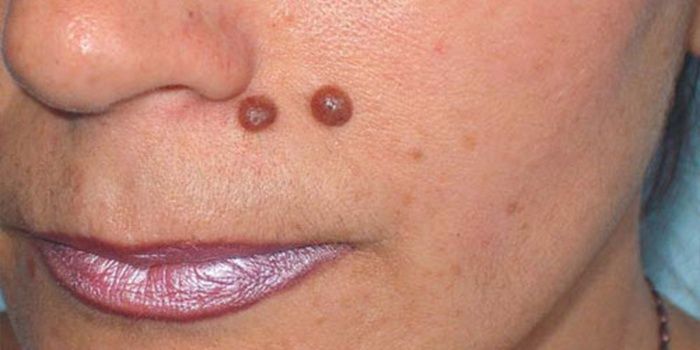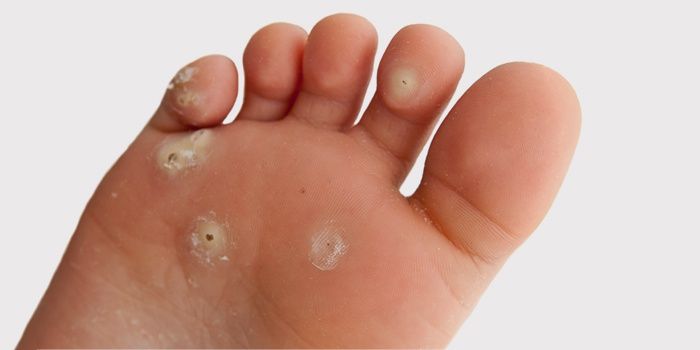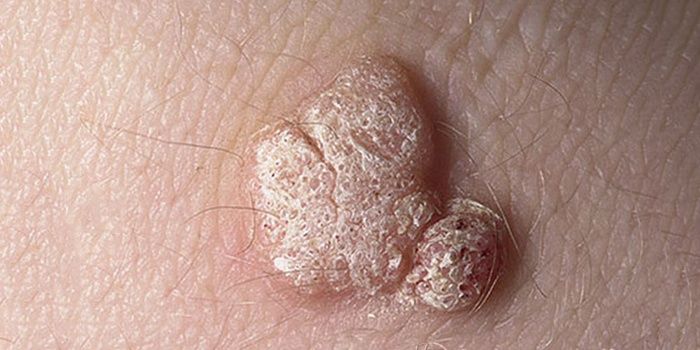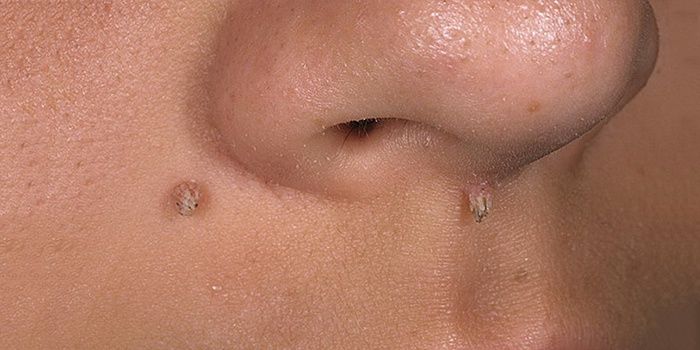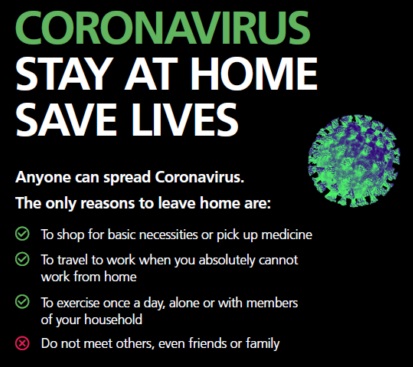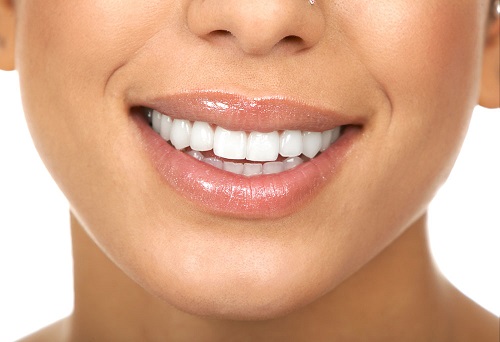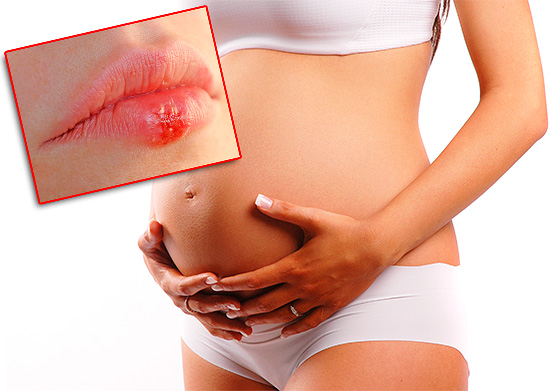Content
Often on the skin we find neoplasms – these are warts that cause discomfort and spoil the appearance of a particular part of the body. At its core, manifestations are not malignant, but a person still seeks to get rid of them. To do this, you must first determine what causes the warts. Do you know about these reasons? Below is information that will help to understand what warts are and why they are formed..
Why do warts appear?
The reason why the wart appears is the human papilloma virus or HPV, the reproduction of which leads to the growth of epithelial tissue and the subcutaneous layer, called the papillary. Once on the skin in one place, the virus spreads to other areas. Viruses can come out under 2 conditions:
- violation of the integrity of the epidermis;
- immunity reduction.
On the face
Under the influence of the following main factors, tumors can grow on the face:
- insufficient or improper personal hygiene;
- scratches and scratches;
- use of household items of a sick person;
- hormonal imbalance during pregnancy and menopause;
- decreased immunity;
- diabetes;
- visiting public places where there is high humidity, but poor hygiene;
- constant stress.
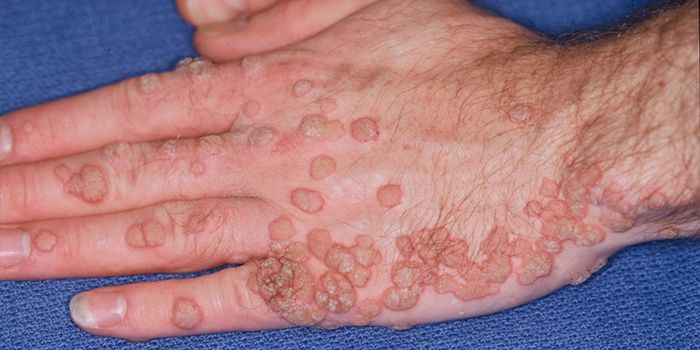
On the body
The defeat of the papilloma virus can manifest itself throughout the body, and this happens all for the same reason – the use of household items of the patient, visiting public places with high humidity, and personal hygiene. Irregular sexual acts and possible hypothermia are also added to the occasions. Due to the latter factor, warts are more often formed on the arms and legs. Underarm virus contributes to excessive sweating.
On the finger and hands
Warts on the fingers in most cases arise due to burrs, which every person meets at least once in his life. Through such damage, the virus easily enters the skin and spreads rapidly, because with the hands of a person more often touches other parts of the body. This is how self-infection occurs. A wart on the palm and fingers is a common occurrence due to the fact that these are more injured parts of the body, and with them the person comes into contact with any objects, be it handrails in public transport, a door handle or the hand of an infected person.
On foot
A favorite part of the body for warts is the soles of the feet. Narrow, damp shoes or excessive sweat in the lower extremities provokes the development of the human papillomavirus. If the situation is aggravated by contact with an infected person, injuries to the skin, nervous experiences and malfunctions of the thyroid gland, then the risk of warts on the feet increases. The plantar form of these neoplasms, similar to corns, is most characteristic of the legs..
On the penis
The appearance of warts in the groin indicates the development of the virus, this type of neoplasm is called genital warts. It occurs due to unprotected intercourse or oral sexual contact. You can catch a dangerous infection when using personal items of the virus carrier or in public places – baths, saunas, pools. Small formations appear on the head of the penis and its trunk, on the bridle of the foreskin and less often on the scrotum.
On the neck
The source of the virus that causes HPV on the neck is also an infected carrier. Upon contact with it, neoplasms may appear. Especially this picture is typical when wearing neck jewelry. In addition to the contact-household route of infection, there are others: the risk group includes those who have diaper rash, acne or abrasions on the neck, and immunity is reduced. Colds, antibiotics, digestive disorders and pregnancy become provoking factors..
Types of Warts
The structure of the wart and the size depend on the variety and place of occurrence. In addition, neoplasms can merge with each other, forming conical or spherical tumors. The initial color is almost no different from the shade of healthy skin, but over time it turns into gray and even black. This occurs due to the adhesion of dirt to the already dry surface of the formation.
Flat
They are also called youthful. The wart looks like a papule with clear edges. Its diameter reaches 1-5 mm, and the protrusion above the skin is about 1-2 mm. The surface of the warts is smooth, the color is from flesh pink to light brown. It’s easy to get rid of them with a plant like Kalanchoe. More often these warts are noted in children and adolescents along the scratches or cuts, and there are:
- on the back of the hands;
- on the legs;
- on forehead, cheeks, lips.
Vulgar
So they call ordinary warts, which are the most common, because they make up 2/3 of all neoplasms on the skin. This species is characterized by the presence of maternal education, the reduction of which leads to the disappearance of all others. More often, this virus infects primary school children due to a decrease in immunity or a cold. Places of dislocation are hands, areas near the nails on the fingers, face. Outwardly it looks like a nodular round seal. Maximum size – small pea.
Threadlike
The name itself speaks of what a wart looks like – this is a small hanging formation with a leg. They do not deliver much discomfort, and the armpits, neck or area under the hair become places of damage. The reason is close clothing or microtrauma of the skin, for example, due to shaving. Hanging warts of all are the least contagious, and more common in older people over 50.
Senile
This type of wart also has other names – seborrheic or keratomas. It occurs as a result of a benign tumor that forms over the years. The initial appearance is a small brown spot. It acquires a larger size over the years, reaching 5-6 cm. The spot surface is oily and crusty, which is why neoplasms are called seborrheic. Gradually, the stain becomes denser, cracking, and the hue becomes more saturated. Age-related warts spread in closed areas of the body, but then they can appear on the limbs, face or chest.
Genital
A feature of genital warts is the sexual route of infection, i.e. through an unprotected act. In women, the area of distribution is the entrance to the vagina, its inner surface, anus, and even the cervix. Men can notice genital warts on their penis, testicles, around the anus and in the urethra. This form of HPV is particularly resistant to treatment, so it is difficult to remove. In addition, the affected area may hurt. The color of the formation does not differ from healthy skin, the structure is soft, and the size is small.
Are warts contagious
How are warts transmitted? This is a contact-household or sexual route. If you use common hygiene items with a person or if you come in contact with them, for example, you can be infected with a virus by shaking hands. The carrier may simply be a carrier and not have warts itself, and a lot of time often passes before the appearance of neoplasms. Medicine offers treatment by surgery or medication with trichloroacetic acid or ointments. In addition, cryotherapy has proven itself in getting rid of warts, i.e. cold cauterization.
Similar articles
- Papillomas on the hands – photo. Causes and treatment of papillomas on the skin of fingers
- Hyperemia of the skin – the causes of redness. What is skin hyperemia and how to treat, photo
- Weakness in the legs – causes and treatment. Symptoms of what diseases can be muscle weakness and trembling in the legs






